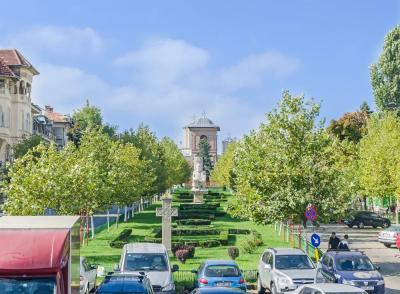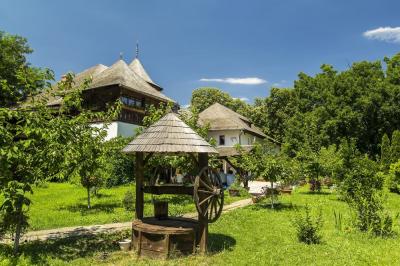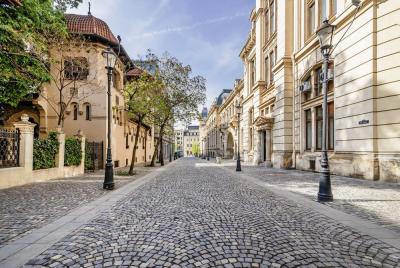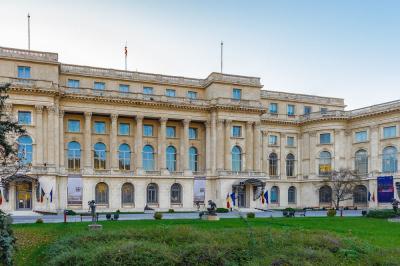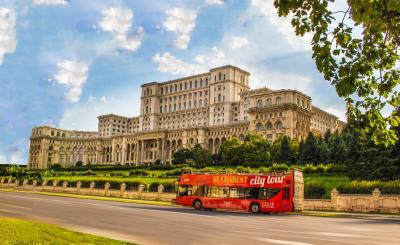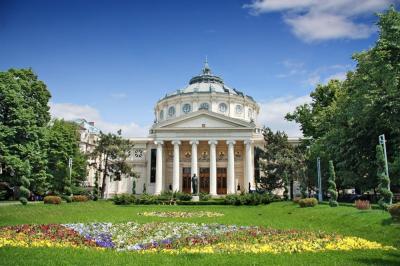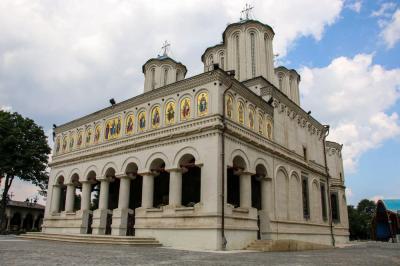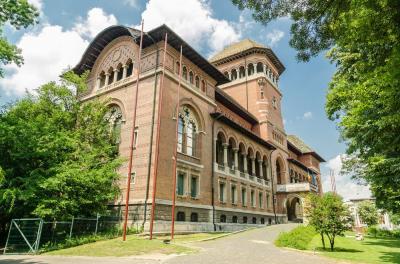8 Results in category Heritage & History Tours
Welcome to our Heritage and History Tour series, a collection of touring sections that enable you to visit an extraordinary assortment of World Heritage Sites. This special line of journeys has been artistically tailored to offer you to discover some of mankind’s highest achievements and explore nature’s greatest wonders.
Since early 90's Heritage and History Tours had been pioneering tours to the home of so many civilizations and strives to give an understanding of the cultures and peoples who live there. As we travel in small groups or bigger groups, culture divides through real people to people contact. The main focus of our tours is the pursuit of knowledge and a better understanding of the world we live in and its early history.
Our journeys cover not only heritage sites, but also the Battle Reconstruction, Castle tours, Ghost tours, Gondola Rides and many more which signifies cultural diversity, awe-inspiring scenery and genuine interaction with the local people of the places we visit.
South of Union Square is a small rise where Romania’s Orthodox religious institutions can be found in eye-catching buildings.
The whole west side of Herăstrău Park is given over to a massive outdoor museum, which has more than 270 authentic historic buildings.
A hint of what Bucharest looked like before the Second World War, Lipscani was the place to do business in the city between the Middle Ages and the 1800s.
After King Michael I abdicated following the Second World War, the Neoclassical Royal Palace on Revolution Square has been the headquarters of Romania’s National Museum of Art.
A building of absurd magnitude, the Parliamentary Palace hosts Romania’s Parliament, but also perfectly encapsulates Nicolae Ceaușescu’s megalomania.
A performance venue extraordinaire, the Neoclassical Romanian Athenaeum is the home of the George Enescu Philharmonic Orchestra.
The destination for a pilgrimage on Palm Sunday, the Patriarchal Cathedral was founded by the Prince of Wallachia, Constantin Șerban in the 1650s.
First opened in 1906, the history of this highly-regarded folk museum was interrupted in the 20th century by the Communist regime, but it reopened in 1990 no more than six weeks after Ceaușescu died.

